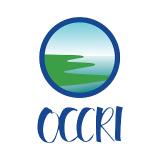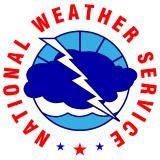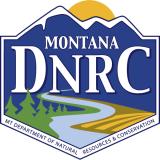Pacific Northwest DEWS Drought & Climate Outlook Webinar: April 25, 2022
According to the April 19, 2022 U.S. Drought Monitor, 70.2% of the Pacific Northwest Drought Early Warning System (DEWS) is in drought, with 22.4% of the region in Extreme/Exceptional Drought (D3/D4). While water availability in some areas of Washington and Idaho has improved over the winter months, much of southern and eastern Oregon and portions of Idaho recorded their driest 3-month January-March on record. This webinar provided more information on the current conditions and outlooks, as well as a presentation on "Linking Drought Drivers to Response Strategies: A Montana Application of the EcoDIVA Tool."
These webinars provide the region's stakeholders and interested parties with timely information on current and developing drought conditions, as well as climatic events like El Niño and La Niña. Speakers will also discuss the impacts of these conditions on things such as wildfires, floods, disruption to water supply and ecosystems, as well as impacts to affected industries like agriculture, tourism, and public health.








